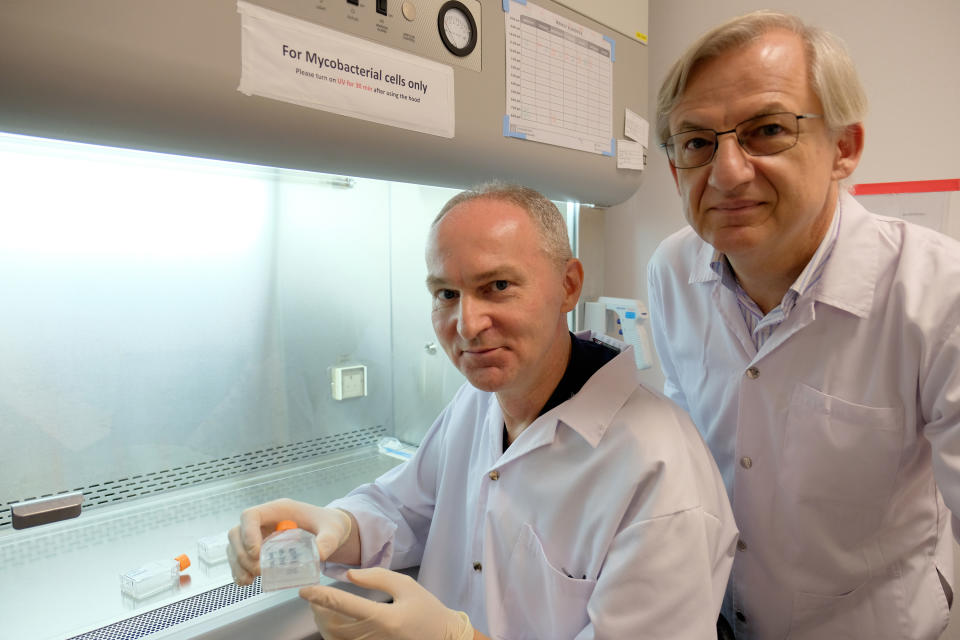Antioxidant in green tea plant may be key in treating tuberculosis: NTU-led research

SINGAPORE — A natural antioxidant found in the green tea plant could one day be the key to treating tuberculosis or even when it is multi-drug resistant, a team of international scientists led by Nanyang Technological University (NTU) found.
Their findings were published in the journal Scientific Reports last month, according to a press release issued on Tuesday (17 December) by the NTU.
Led by NTU School of Biological Sciences professor Gerhard Grüber, the team discovered that the antioxidant, known as epigallocatechin gallate (EGCG), can inhibit the growth of a tuberculosis-causing bacteria strain.

The antioxidant does so by binding to an enzyme that provides biological energy for cellular activity, which results in a dip in the energy the bacteria has for essential cellular activity, such as cell wall formation.
Without this energy, the cell loses its stability and eventually dies.
The team – which includes NTU associate professor Roderick Bates, National University of Singapore professor Thomas Dick, and Agency for Science, Technology and Research collaborators from the US and New Zealand – also identified the exact sites on the enzyme at which the EGCG needs to bind to in order to affect energy production in the bacterial cell.
Funded by Singapore’s National Research Foundation Competitive Research Programme, the members are part of TOPNet, a consortium of experts focused on creating new and improved treatments for tuberculosis.
While there are already drugs that target mycobacterium tuberculosis – the bacteria that causes tuberculosis – new ones are needed because “the success of current drugs on the market is increasingly being overshadowed by the bacteria’s clinical resistance”, said Prof Grüber.
“Our discovery of the EGCG’s ability to inhibit the growth of M. tuberculosis will allow us to look at how we can improve the potency of this compound in green tea, and other similar compounds, to develop new drugs to tackle this airborne disease,” he added.
A patent has been filed for the identification of the EGCG as a possible form of treatment for the disease, with the team currently looking at optimising the activity of the antioxidant for increased efficiency and potency in fighting the bacteria.
The ultimate goal is to develop a drug cocktail that will tackle multi-drug resistant tuberculosis, said the press release.
Southeast Asia accounts for 41 per cent of the world’s tuberculosis cases, with 4 million new cases annually. The airborne disease is one of the most deadly infectious diseases in the world.
More Singapore stories:
GrabHitch driver who molested 2 women on same day jailed
Sec school teacher jailed for molesting students from CCA group



